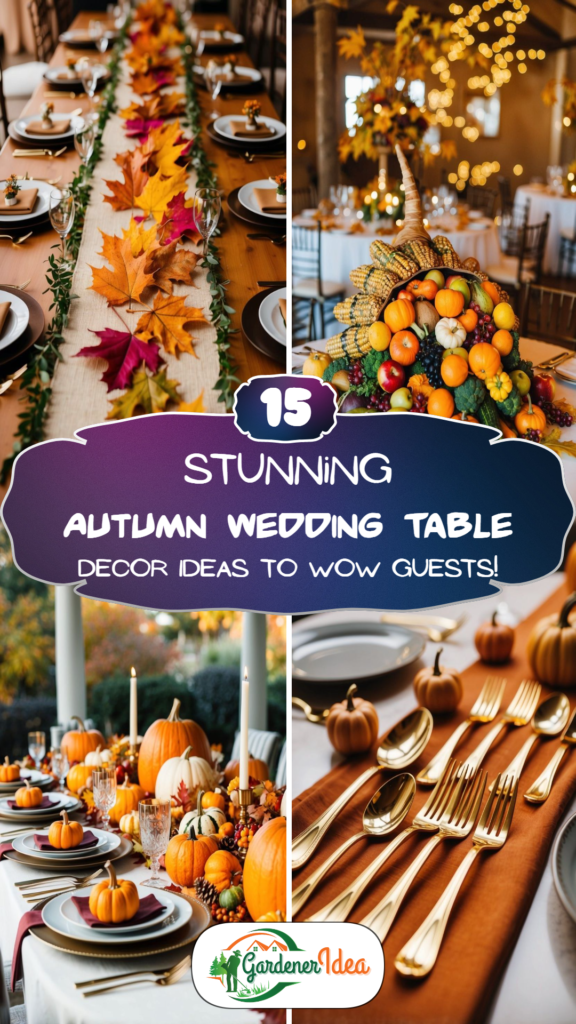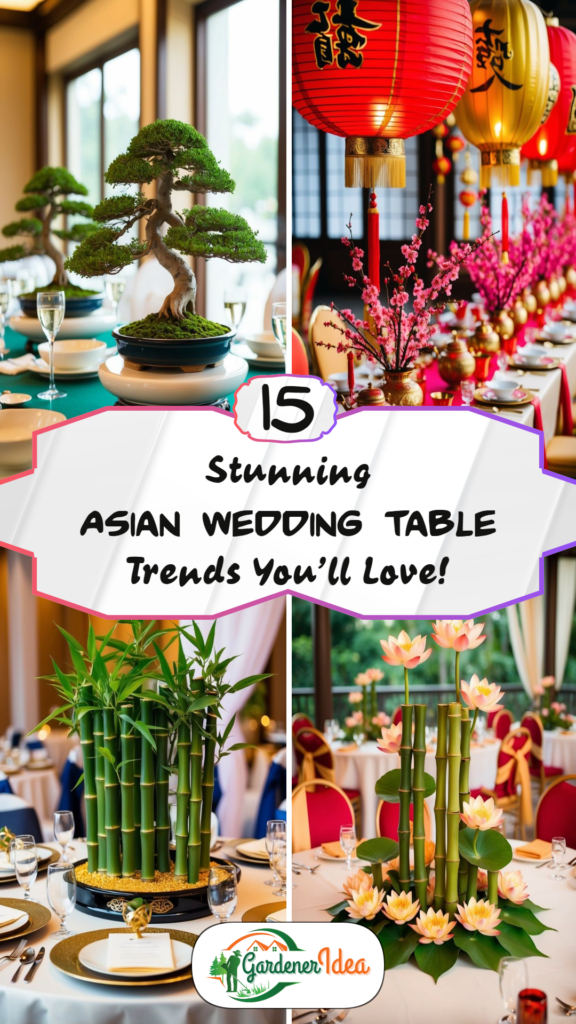Hey there! So, I’m really into gardening, and lately I’ve been totally obsessed with phlox plants. I mean, have you seen the gorgeous blooms of Garden Phlox?
And don’t even get me started on the charm of Woodland Phlox! I’ve come across 16 different varieties that are just so captivating, they’ll really take your garden to the next level!
Each species offers unique colors, shapes, and fragrances, promising a mesmerizing display throughout the seasons.
Join me on this botanical journey as I showcase these exceptional plants and guide you in creating a breathtaking phlox paradise.
Garden Phlox (Phlox paniculata)
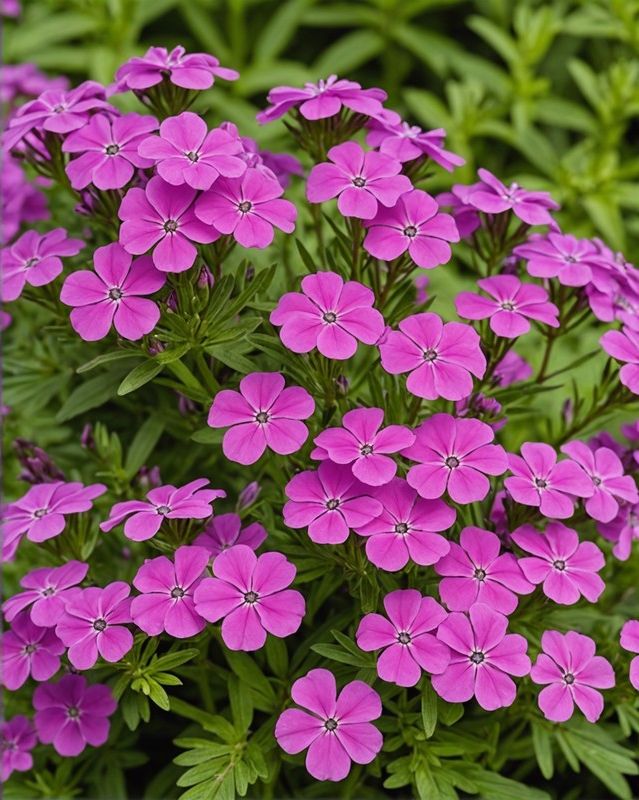
Garden phlox is a wonderful plant that fills your garden with sweet-smelling, colorful flowers that bloom like crazy!
You can find them in white, pink, purple, or red, and they grow in beautiful clusters on strong, tall stems. It’s definitely a sight to behold for any gardener!
They are excellent for attracting butterflies and hummingbirds, making them a favorite in gardens.
Garden phlox is relatively easy to grow, thriving in moist but well-drained soil and preferring a full sun to partial shade location. They are also remarkably resistant to pests and diseases, making them a low-maintenance addition to any garden.
Wild Blue Phlox (Phlox divaricata)
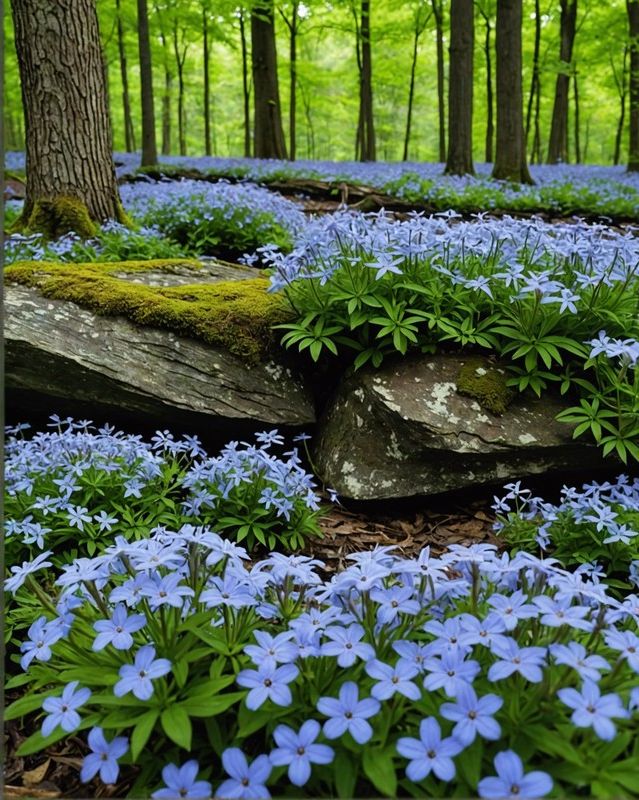
Have you ever come across wild blue phlox? It’s a stunning flower that adds a touch of vibrant blue to woodland edges and meadows—it’s truly a sight to behold!
These flowers, resembling miniature five-pointed stars, create an eye-catching carpet in the spring.
Its delicate foliage and sprawling habit make it ideal for ground cover or cascading over rock walls.
Unlike some phlox varieties, wild blue phlox thrives in moist, well-drained soil and partial shade, making it a versatile choice for diverse gardening conditions.
Its ability to attract butterflies and hummingbirds adds another layer of charm to this enchanting wildflower.
Creeping Phlox (Phlox subulata)
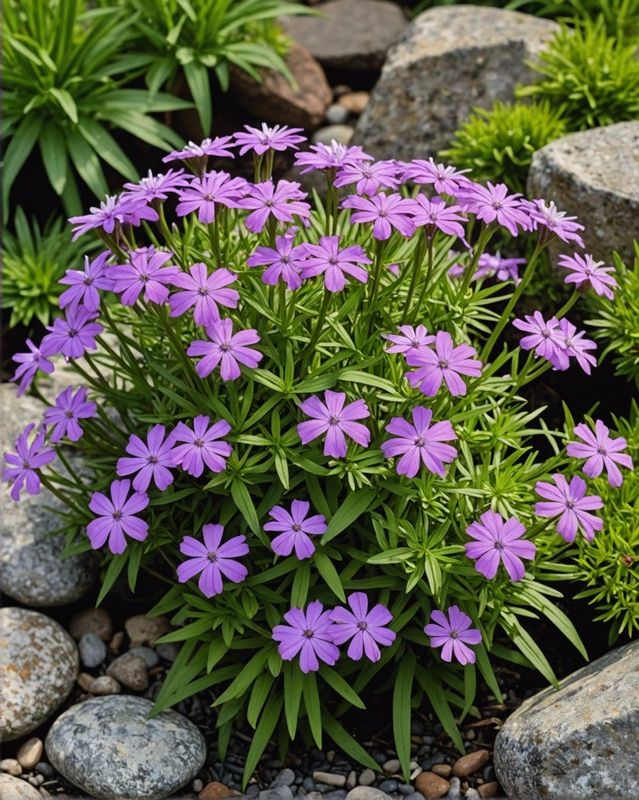
Creeping phlox is a low-growing perennial that forms a dense mat of foliage, spreading quickly to create a vibrant groundcover. Its needle-like leaves add texture and interest, while the clusters of star-shaped flowers bring cheerful pops of color in spring.
This easy-care plant thrives in full sun to partial shade and well-drained soil, making it a versatile choice for gardens and landscapes.
Its compact habit and showy blooms make creeping phlox a popular rock garden or border plant, adding a touch of charm and beauty wherever it goes.
Woodland Phlox (Phlox sylvatica)
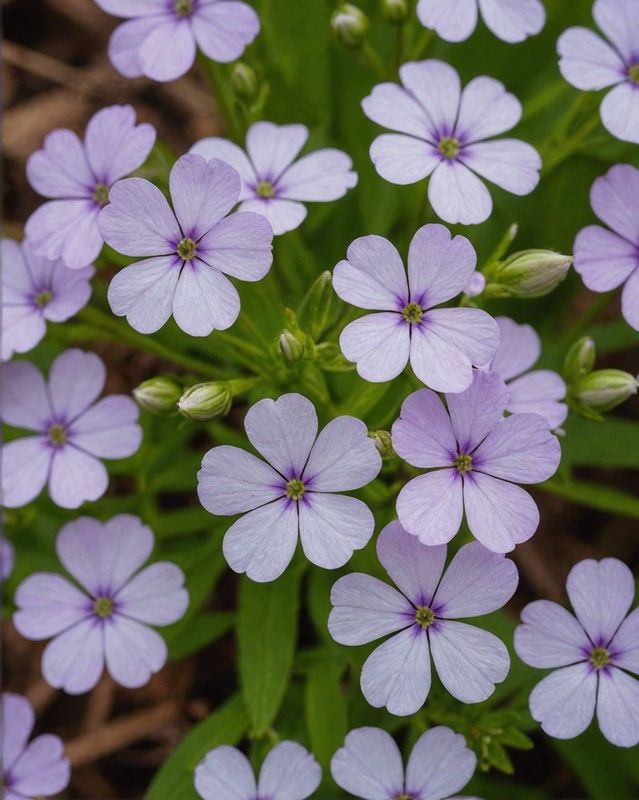
Woodland phlox is a beautiful and easy-to-grow wildflower native to North America.
With its showy clusters of fragrant lavender to white flowers that bloom in the spring, it’s a great choice for adding a touch of color to woodland gardens or shady areas.
Woodland phlox really likes soil that’s got a good amount of moisture and drains well. It also thrives in soil that’s packed with organic matter.
It spreads readily by rhizomes, forming attractive ground covers.
Keep the soil moist during the growing season and provide some protection from harsh sunlight.
Moss Phlox (Phlox subulata)
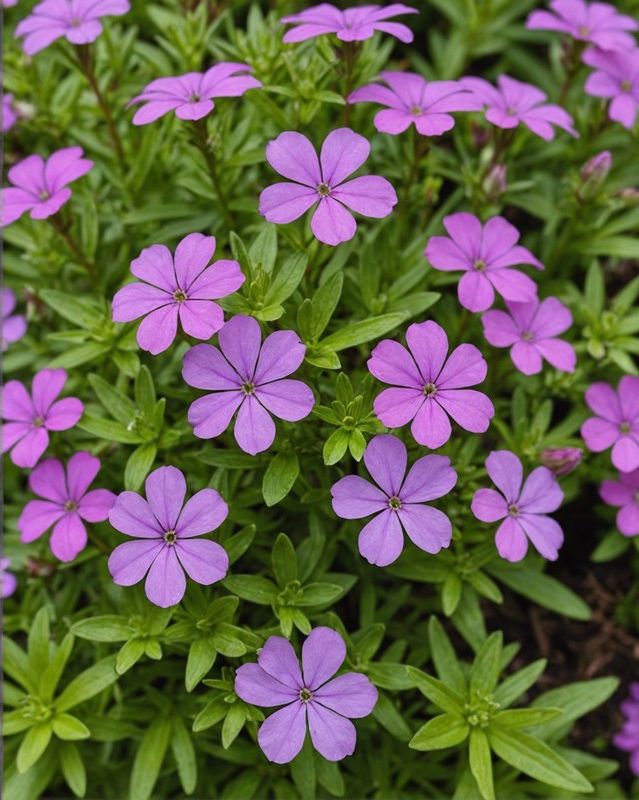
Moss phlox is a low-growing, creeping plant that forms a dense mat of foliage.
It’s a popular choice for groundcover, as it’s easy to care for and tolerates a wide range of conditions.
One of my favorite things about spring is seeing all the beautiful moss phlox plants blooming. They have tons of tiny, star-shaped flowers in shades like pink, white, blue, and purple. It’s such a pretty sight to see all those colors popping up in the garden!
This plant is super easy to take care of. All you really need to do is give it some water and fertilizer every now and then.
Moss phlox is also deer-resistant, making it a good choice for areas where deer are a problem.
Drummond’s Phlox (Phlox drummondii)
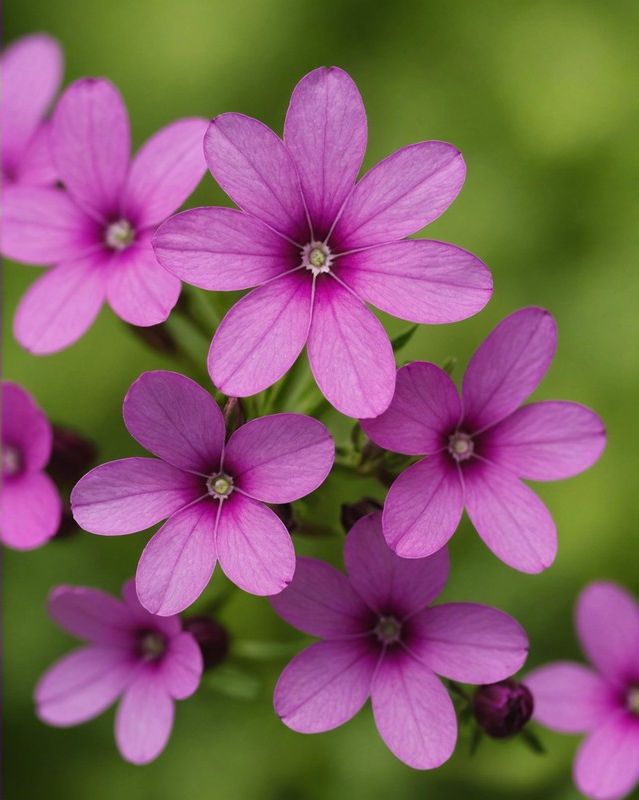
Drummond’s phlox is an annual flower that blooms in a wide range of colors, including pink, red, white, and purple.
It is a popular choice for gardeners because it is easy to grow and it attracts butterflies.
Drummond’s phlox really thrives when it gets lots of sunlight and the soil is nice and dry.
You’ll want to make sure you water it regularly to keep it happy, but no need to worry about feeding it fertilizer. Just let it do its thing!
Drummond’s phlox is a relatively short-lived plant, but it will self-seed and come back year after year.
Flame Phlox (Phlox maculata)
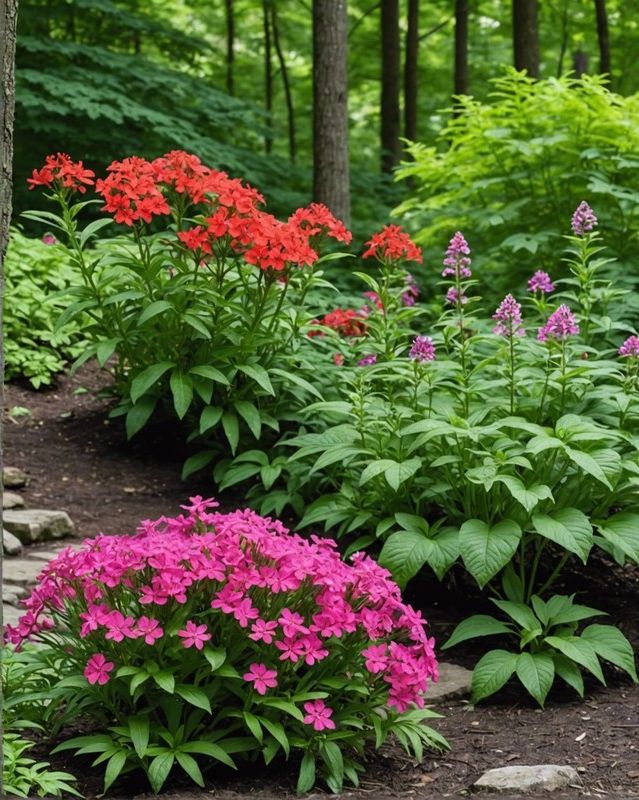
Flame phlox bursts onto the scene in late summer, attracting pollinators from far and wide. Its vibrant scarlet blooms light up shady gardens, bringing a touch of fiery color to the landscape.
Unlike many phlox varieties, flame phlox thrives in moist, woodland-style areas, making it an excellent choice for damp spots in your yard.
Growing to about 2-3 feet tall, flame phlox forms dense clumps that spread slowly, providing long-lasting beauty and a lush, textural presence. Its foliage remains attractive throughout the season, adding interest even when the blooms have faded.
Sweet William (Dianthus barbatus)

Sweet William is a charming biennial or short-lived perennial known for its vivid colors and delightful fragrance. Its clusters of small, compact blooms appear in shades of pink, purple, red, and white.
Sweet William absolutely loves well-drained soil and basking in the sun, so it’s a great choice for any garden.
As a cut flower, its blooms bring a touch of elegance to bouquets and arrangements, where they can last up to two weeks. Plus, they attract butterflies and hummingbirds, adding a touch of magic to your outdoor space.
Mountain Phlox (Phlox adsurgens)
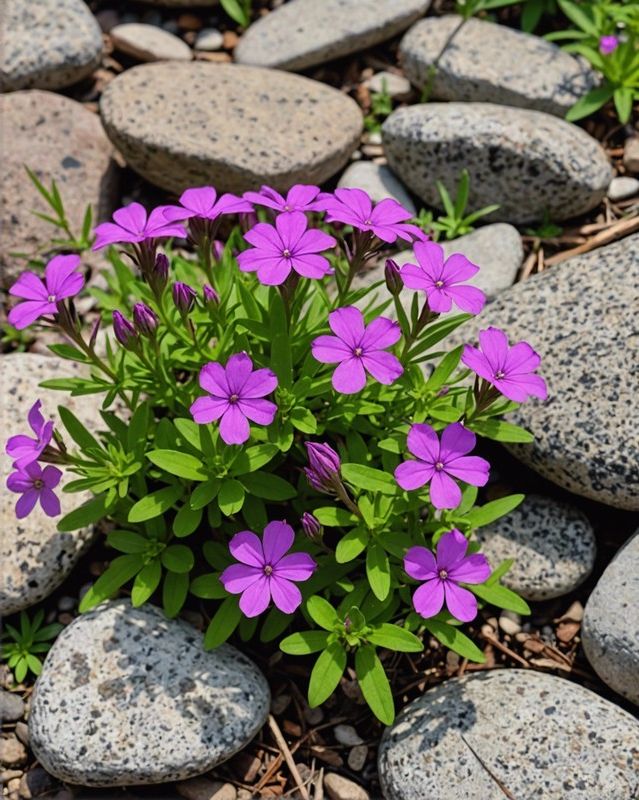
Have you ever seen the beautiful Mountain Phlox, also known as Phlox adsurgens? This lovely native wildflower can be spotted in the mountainous areas of North America.
The plant typically blooms in late spring through early summer and prefers moist, rocky habitats.
Have you seen its unique look? It has these beautiful bright pink to purple flowers with five petals.
Mountain Phlox is a low-growing, mat-forming perennial, making it ideal as a groundcover or for rock gardens.
It’s a relatively easy plant to grow, requiring well-draining soil, partial to full sun, and regular watering.
If you’re looking for a splash of color in your garden, Mountain Phlox is a great choice that will attract pollinators and add beauty to your landscape.
Showy Phlox (Phlox speciosa)
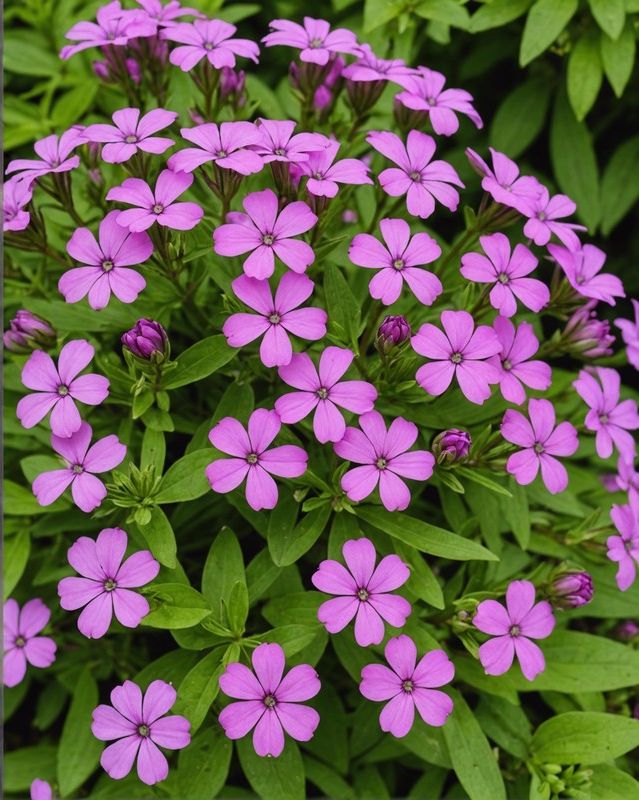
Have you heard of Showy Phlox, also known as Phlox speciosa? It’s a lovely native wildflower that can really brighten up a garden with its pops of color.
These flowers smell amazing too! You’ll see them in shades of pink, purple, and white, blooming from late spring to early summer.
Showy Phlox is a real trooper – it’s happy either basking in the sun or hanging out in some partial shade. You can plop it right into all kinds of gardens and it’ll fit right in!
Its showy blooms and ease of care make it a popular choice for both novice and experienced gardeners alike.
Smooth Phlox (Phlox glaberrima)
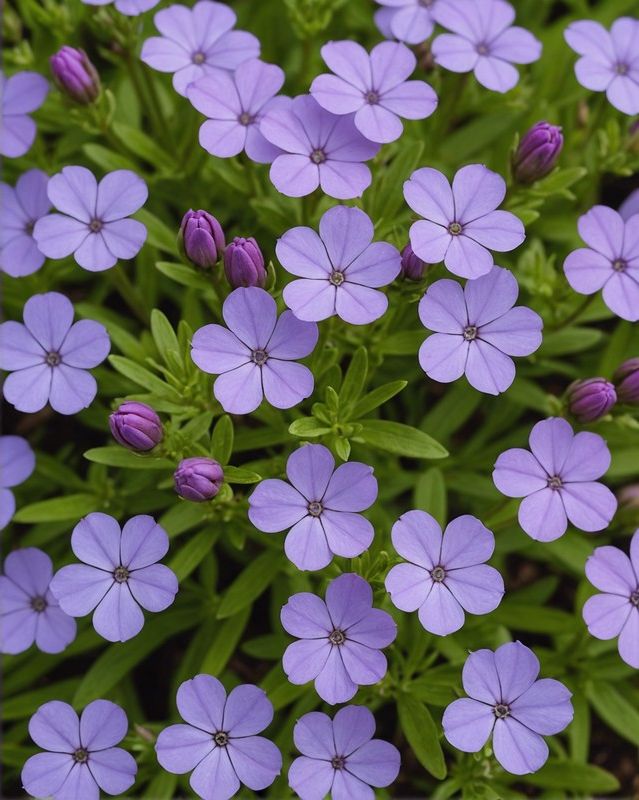
The Smooth Phlox, known scientifically as Phlox glaberrima, is an exceptional plant renowned for its delicate blooms. This low-growing perennial boasts fragrant, star-shaped flowers in varying shades of blue, pink, or white.
It prefers moist, well-drained soil and thrives in partial to full sun.
Smooth Phlox adds a charming touch to gardens, attracting butterflies and other pollinators with its sweet scent. Its compact size and easy-care nature make it an ideal choice for borders, rock gardens, or groundcovers.
Prickly Phlox (Phlox acuminata)
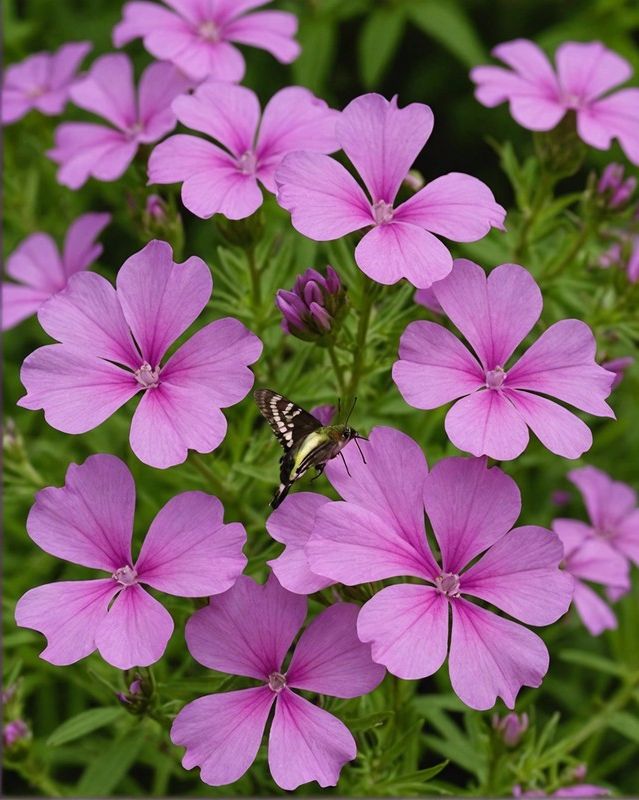
Prickly Phlox adds texture to any garden with its needle-like leaves and delicate blooms. Its lavender or pink petals form dense clusters that bloom in spring to early summer.
Hardy to zones 3 to 8, this low-growing perennial tolerates various soil types but prefers well-drained spots.
When you prune Prickly Phlox after it blooms, it helps it produce even more beautiful flowers and stay nice and compact.
Plus, it’s a favorite of butterflies and hummingbirds, which adds a lovely touch to your garden or yard. So, it’s definitely a great choice for adding both beauty and wildlife to your outdoor space!
Carolina Phlox (Phlox carolina)
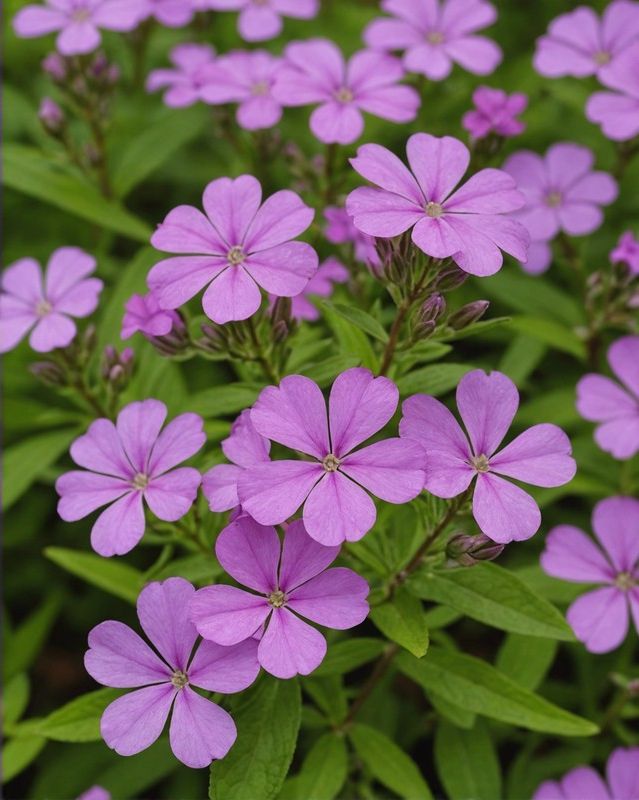
Carolina Phlox is known for its graceful blooms that add a vibrant touch to gardens.
This native North American plant thrives in a variety of soil conditions, making it easy to care for.
This phlox variety is a favorite for borders, rock gardens, and cottage gardens because of its compact size and beautiful flowers. It’s perfect for adding color and charm to your outdoor space!
Its unique lavender-pink petals create a breathtaking display, attracting butterflies and other pollinators.
Whether you’ve been gardening for years or just getting started, Carolina Phlox is a great pick to bring some beauty and wildlife to your outdoor area!
Cleft Phlox (Phlox bifida)
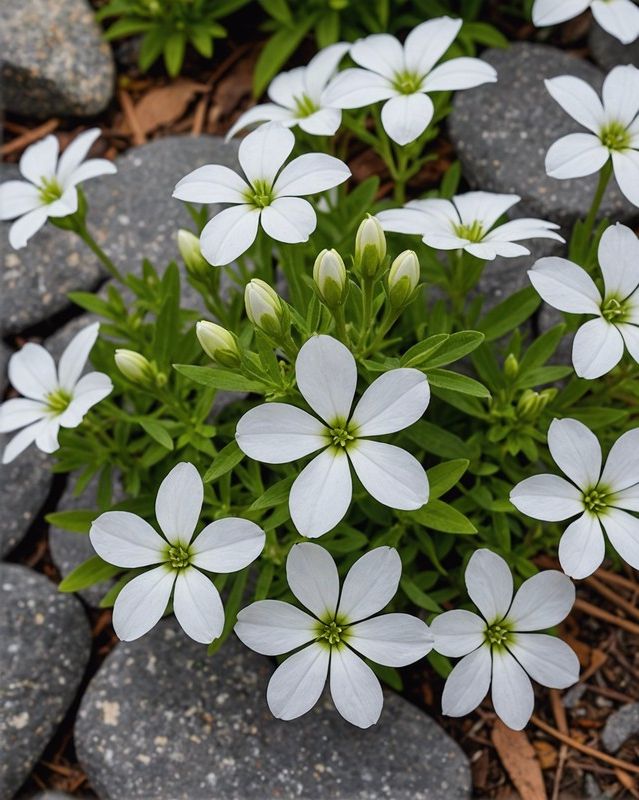
Cleft Phlox is not the typical garden fare, so if you’re looking for something a bit more unusual, this is it.
Its pure white flowers are divided deeply into three narrow segments that flare slightly at the ends, giving the flower a distinctive star-shaped appearance.
This lovely plant blooms in the middle to end of spring and has pretty narrow, gray-green leaves.
Phlox bifida is such a breeze to take care of and it’s perfect for rock gardens or lining your pathways.
Downy Phlox (Phlox pilosa)
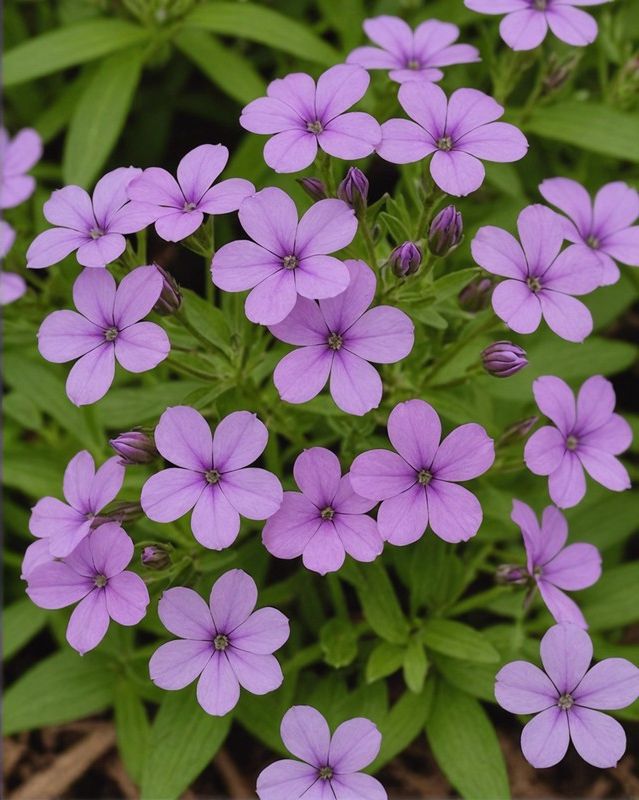
Downy phlox is a lovely groundcover that adds a touch of color to your garden from late spring to early summer.
With its soft, silky hairs on both the stems and leaves, downy phlox has a unique and gentle appearance.
Have you seen those adorable little star-shaped flowers? They come in so many pretty shades like pink, purple, and blue, giving off such a happy and colorful vibe. It’s like a little burst of joy in any garden!
This is a low-maintenance plant that can naturalize easily, making it a great choice for a wildflower garden or a low-growing border.
This plant is pretty cool because it can handle all kinds of soil and sun situations. It’s like the perfect fit for any garden!
Hairy Phlox (Phlox pilosa)
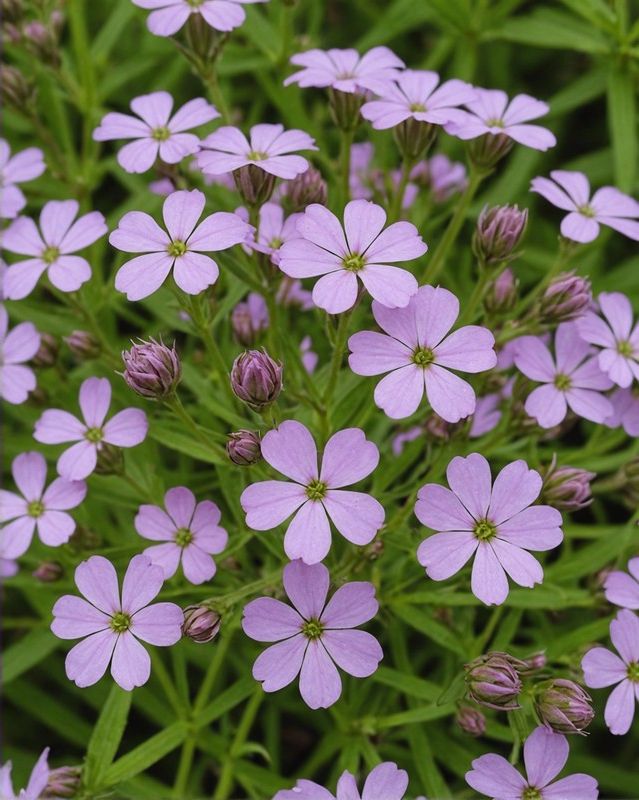
Among the diverse phlox varieties, the Hairy Phlox (Phlox pilosa) stands out with its unique appearance.
This native North American wildflower features hairy stems and leaves, giving it a distinct texture.
These flowers are so lovely! They bloom in a soft lavender-pink color that really pops in the garden. They grow in these cute little clusters that just bring a touch of charm to any yard.
Have you heard of the Hairy Phlox? It’s this amazing perennial plant that comes back every year, showing off its beauty like no other.
This plant is a favorite among both newbies and seasoned gardeners because it’s so tough and can thrive in various environments.




